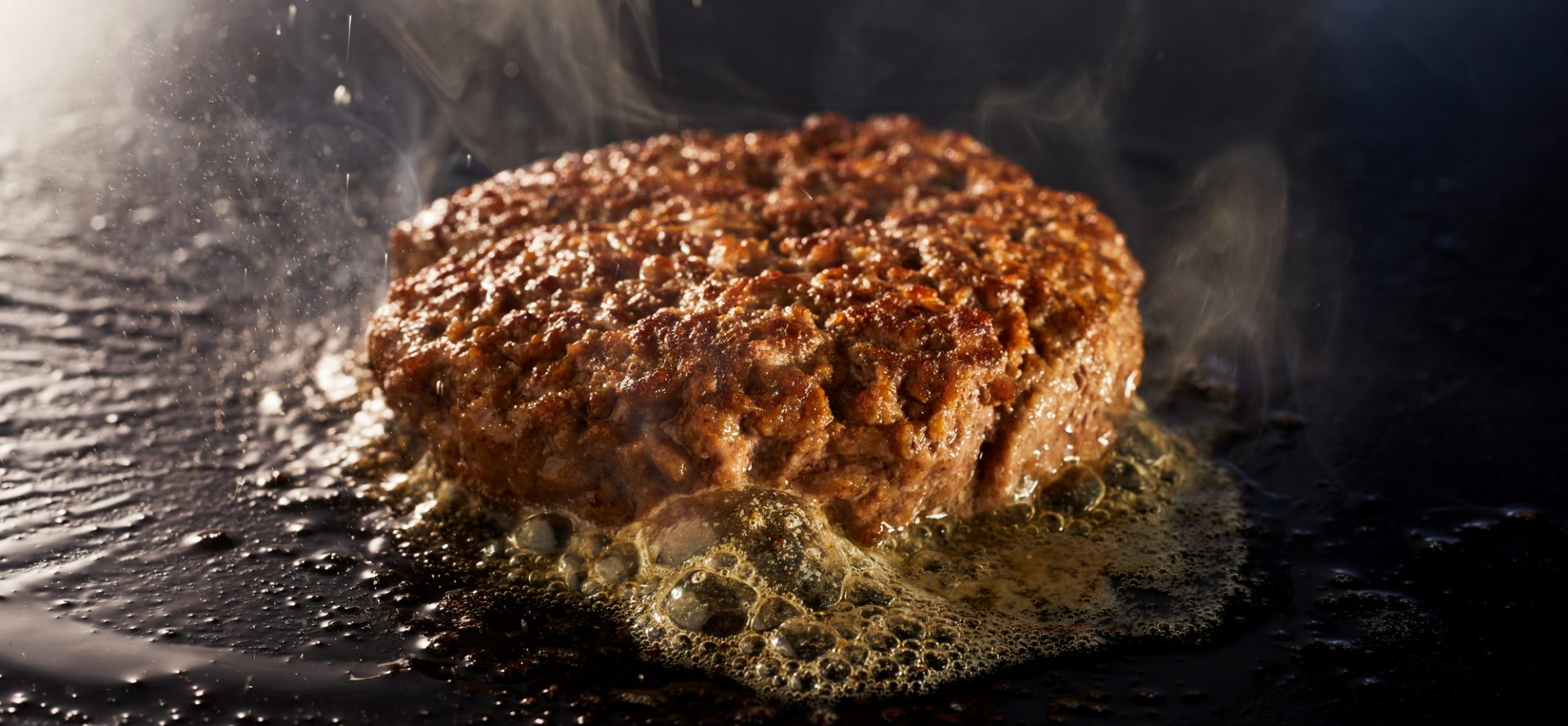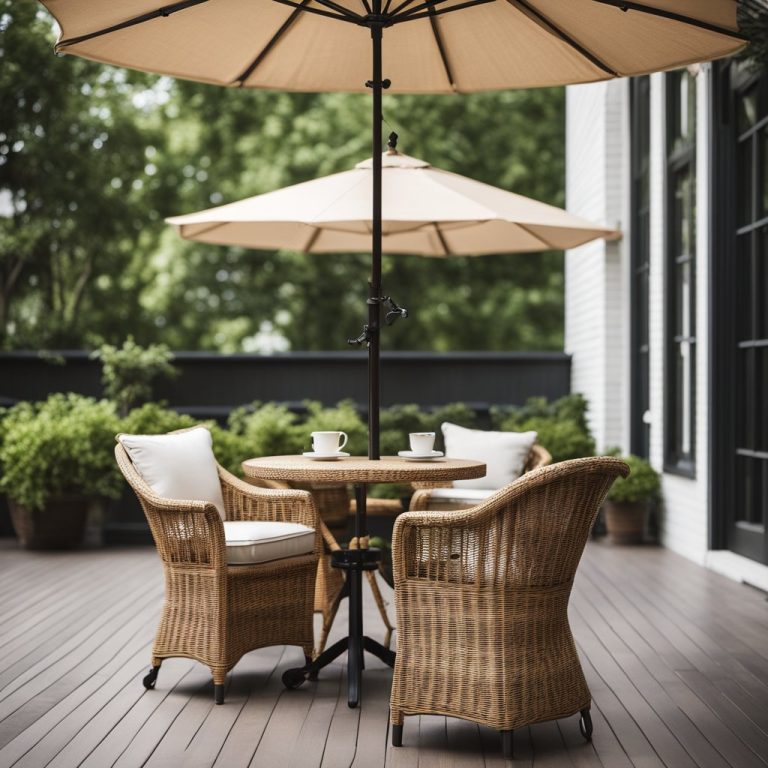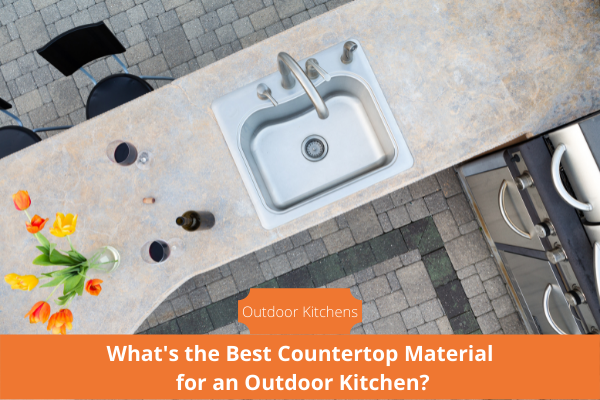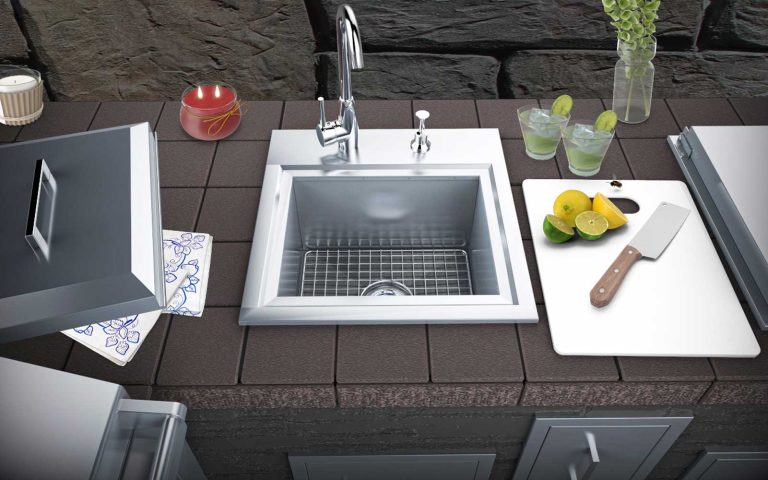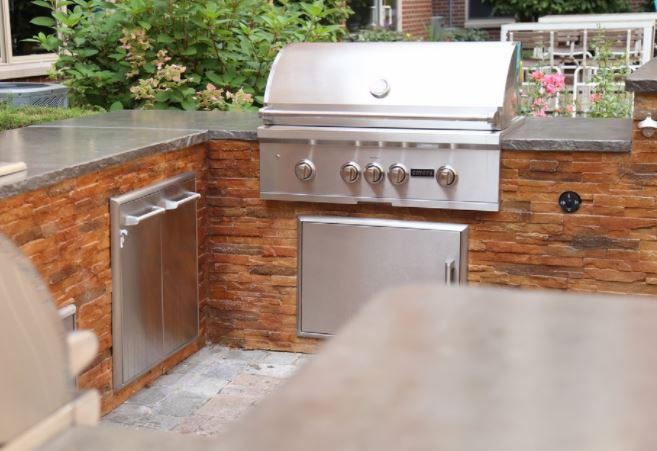How to Clean a Griddle
Cleaning an Outdoor Griddle – The Easy Steps
The best way to clean a griddle is to refrain from using chemicals or cleaning solution and rely on a little elbow grease and water. Given this, we do want to clean the griddle, but not with soap or any other potentially dangerous chemicals. Chemicals such as oven cleaner have qualities that will peel away the seasoning from your griddle, resulting in a griddle that does not cook properly.
You might be asking how this is possible, but as you will discover below, we can disinfect and deep clean the griddle surface while maintaining the non-stick seasoning of the flat top grill by just heating it and using griddle-generated steam.
The best course of action is always to be proactive, so make it a point to thoroughly clean the griddle after each usage. Maintaining the cleanliness and oiling of your flat top grill after each usage will benefit you in a variety of ways. For example, it will leave the griddle stored with a clean, oiled surface that will add to the seasoning and will aid in preventing rust formation in a humid environment. No one wants to cook on a rusty griddle.
Type of Griddle Plate
This instruction will be for flat top grill surfaces made of stainless steel or cast iron, such as those found in Blackstone griddle or Camp Chef grills, not chrome. If you’re still not sure, see your owner’s manual. If you’re not sure whether or not your griddle requires cleaning, have a look at it.
It bears repeating, these instructions are not for Chrome flat top grills. See our specific instructions for cleaning chrome griddles by following the link.
Griddle Cleaning Supplies
Items you will need to remove sticky griddle residue and food debris from the cooking surface:
Metal scraper or Metal Spatula
Kitchen Cloths, microfiber cloths, paper towels
Warm water
Seasoning Oil of your choice; enough for a thin layer
Tongs
Heat Resistant Mitt
Cleaning the Griddle Plate
Follow these steps to clean the entire surface of your griddle:
• While the griddle is cooling, use a griddle scraper or a metal spatula to scrape away any remaining food particles and remove grease from the surface.
• Pour a small amount of water onto the griddle top. It should be heated enough to steam and boil out the excess moisture.
• Scrape the surface of extra water as soon as possible. Water becomes soiled very rapidly on the steel griddle surface as a result of boiling off deep into the pours that are open on the surface of the griddle, releasing the food build-up that has accumulated there.
• To clean the griddle surface, fold a cloth in half and grab it with tongs. Reapply water, refold the cloth with the clean side facing out, and repeat the process. Allow to dry completely.
Season the Griddle for Next Use
Re-seasoning provides your griddle with the necessary layer of oil coating to maintain a smooth, non-stick surface that is easy to clean in the future.
Increase the temperature to a Medium to High setting once more.
It is okay for the surface to become hot. Having a small amount of smoke is acceptable, but if it begins to smoke, you should lower the heat down.
Drizzle a little quantity of seasoning oil onto the grill surface, about the size of a nickel, and allow it to sit for a few minutes. That is how little it is.
Clean cloth should be used to spread the oil layer uniformly across the entire griddle surface.
It is important to make sure that no oil residue is left on the surface; this should be a VERY LIGHT covering, a very thin layer of oil, that you can practically not tell it is there at all.
Allow your flat top grill or griddle to come back to room temperature on its own once it has been newly cleaned and seasoned. Once it is cooled dry to the touch, you may cover it and put it away in storage.
Cleaning the Exterior
Cleaning your griddle exterior should always be done in the direction of the stainless steel grain. Make sure to wipe off the exterior of the appliance to remove any spatter or grease, but refrain from using harsh abrasives or abrasive cleaning products when cleaning the equipment’s exterior. To remove any baked-on foodstuffs, use a fine to moderate non-abrasive pad or very fine steel wool in conjunction with a stainless steel cleaner to achieve the desired results: This will assist to prevent flecks of oil from accumulating in the grain, which will cause the effect of rust to occur.
Editor’s note: Blackstone grills have specific instructions for cleaning their products. Please follow this link for Blackstone grill cleaning.

